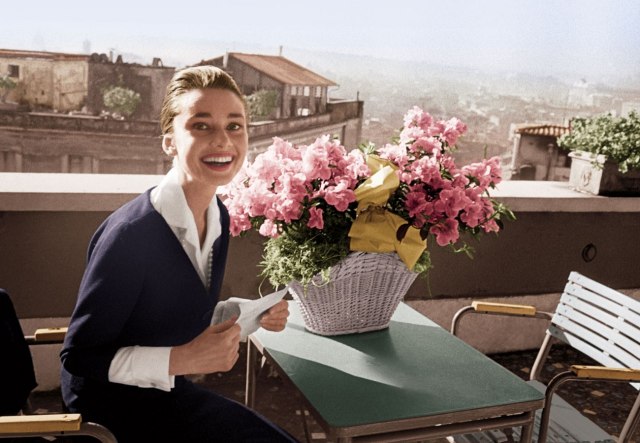
NUN BETTER Audrey Hepburn on the terrace of the Hotel Hassler, in Rome, with the telegram announcing her best-actress award, for The Nun’s Story, from the New York Film Critics Circle, 1960.
With Roman Holiday, which earned her the 1953 best-actress Oscar, Audrey Hepburn became not just a major Hollywood star but also a living icon for the Eternal City. Alongside intimate photographs from his new book, Audrey in Rome, Luca Dotti recalls his mother’s three-decade love affair with the Italian capital, while Laura Jacobs examines what the images reveal about her style.
The first thing she did with her newfound freedom was buy a pair of Roman sandals. Then she went to the barber for a pixie cut. And then she bought herself a gelato. Simple pleasures all, but as a princess on the lam in 1953’s Roman Holiday, an unknown actress named Audrey Hepburn made these pleasures indelible. She can cook and sew and keep house, the princess tells Gregory Peck, a newspaper reporter who’s onto her. “I just haven’t had the chance to do it for anyone.” He spends the day showing her Rome while secretly planning to report the story and have a scoop. He doesn’t report the story. He falls in love with her instead—just as the viewing public did—and protects this girl of doe-eyed grace and gravity. Hepburn won the year’s Academy Award for best actress.
In the remaining years of the 1950s, Hepburn would go from strength to strength—from sunlight to moonlight to starlight—in movies that included 1954’s Sabrina and 1957’s Love in the Afternoon and Funny Face. And she would make two more movies in Rome: War and Peace, in 1956, with her first husband, Mel Ferrer, and Fred Zinnemann’s magnificent The Nun’s Story, in 1959, in which she plays Sister Luke, of all her roles the one closest to her heart. Rome, too, was close to her heart. Hepburn and Ferrer kept an apartment there and visited often. In 1969, with most of her film career behind her, she settled in Rome to make a home with her second husband, the psychiatrist Andrea Dotti. She’d had a son, Sean Ferrer, in 1960, and dearly wanted more children.
Hepburn felt at ease in the Eternal City, and for their part the Romans thought of her—this beguiling girl who’d zoomed through their streets on a Vespa—as a kind of ambassador. Even during the Dolce Vita 60s and into the disenchanted 70s, Rome’s paparazzi continued to protect her. When Hepburn’s second son, Luca Dotti, began gathering photos from the Reporters Associati archives to make his new book, Audrey in Rome, he was stunned by the richness of the material housed there. “We pre-selected 2,500 photos and just 10 percent made it into the book.” He was also surprised to see that “even in these candid shots she was always herself—perfect.”
The intention behind Luca’s book is that it be “a kind of liaison between a private Audrey and a public one. She didn’t live a life secluded or behind bars; she would walk around and everybody knew her. She was part of the city. The majority of these photos are in the streets.” For the world’s legion Audrey aficionados, imitators, and worshippers, these never-before-seen photographs represent a whole new archive of style.
For instance, Hepburn liked to carry small baskets as a purse and was fond of kerchiefs tied under the chin (not wound around and fastened in back in the French manner). These touches of farm-girl freshness are redolent of her childhood. “My mother was, at the very deep of her heart, a farm girl,” says Luca. “She grew up between England, Holland, and Belgium, in the countryside, and with a great love for everything linked to the countryside—furniture, style. That’s why at the end she chose to live in Switzerland in the middle of the fields.”
These baskets and kerchiefs also reference, no doubt unconsciously, something of the fairy-tale elements, both dark and light, of Hepburn’s life: the Brothers Grimm–like hunger and danger of World War II in occupied Arnhem, Holland—and then the magical, postwar, Charles Perrault transformations that illuminate the Cinderella story lines of Sabrina, Funny Face, and My Fair Lady. Those who knew her well acknowledged a sadness within. “The war,” says Luca. “All that death around her. She lost a big part of her family; she lost the home she had—everything. That stays in the deep of your soul.” But there was also “this fantastic will and enthusiasm. Because after all that sorrow everything was a discovery. When she talked about her career she always said that she was so lucky and it was like winning the lottery.”
In fact, Hepburn’s persona, her style, were born of extremes. “She thought she had a big nose,” says Luca, “and big feet, and she was too skinny, and not enough breast. She would look in the mirror and say, ‘I don’t understand why people see me as beautiful.’ She reasoned that she must be a good mixture of defects.”
Yes, the too wide smile on the too long neck; the swan-boat feet (size 39) on the tulip-stem body (she was almost five feet seven); the girlish trust, yet always those eyes seeing straight to the truth. Striking photos from 1959 show her walking her Yorkshire terrier, Mr. Famous, along a deserted street. She wears a flared tweed coat and carries a grade-school satchel, and her hair is down, unusual for her, which makes her look more like a philosophy student than a world-famous actress of 30.
“I love those photos,” says Luca. “That is the time, I think, between The Nun’s Story and Breakfast at Tiffany’s.”
Most of Hepburn’s style choices were based on simplicity and practicality. Ballerina flats and low heels accentuated her long feet, adding to her elegant attenuation, but she wore them so that she could walk comfortably. She did not wear watches, because she didn’t like the sensation of cold or weight against her skin. Her serious jewelry was pearls, either pearl earrings or the pearl necklace Ferrer had given her, because pearls are warm. Her favorite color was cyan—a light blue, says Luca—and her favorite flower the white tulip. Scarves were a bit of a vice. “Well, it wasn’t like Imelda Marcos and shoes,” says Luca. “She had, like every woman, maybe 30 or 40. It was a good way to be in disguise, big sunglasses and a scarf. Occasionally she was able to do her shopping without having all the crowds behind.”
Hepburn did not waste time holding on to youth. “She was always a little bit surprised by the efforts women made to look young,” remembers Luca. “She was actually very happy about growing older because it meant more time for herself, more time for her family, and separation from the frenzy of youth and beauty that is Hollywood. She was very strict about everybody’s time in life. Children should be allowed to play because you’re going to need all your happiness to grow up. And aging was part of the circle of life.
“The only big regret I have and she would have had,” Luca continues, “is not knowing her grandchildren. Because she would have been a fantastic grandmother—cooking cakes, keeping the grandchildren on every occasion, and telling them stories.”
Hepburn’s life with Dotti began as a great romance and brought her Luca, the longed-for second child and brother for Sean. Rome was Dotti; it was family. When the city became unsafe in the 70s, rife with gangsters and terrorists, people began asking if she would leave. Hepburn would answer, “Well, my husband is here; my family is here. Why should I leave?” Still, the marriage became difficult.
“This is a speculation I’m making,” says Luca Dotti, “but also a fact. She was 40 [when they married] but at the same time so much older than 40 because of all the success and history behind her. And my father was 10 years younger. To be around a woman who has been an icon for many years, and you’re a young doctor, for a man it makes a difference. If that equation was reversed, if my father was the one 10 years older and a little bit more secure, it would have probably worked out better.”
Hepburn separated from Dotti in 1980. In 1986, when Luca went to a Swiss boarding school, Hepburn moved to Switzerland as well, back to the 18th-century barn she’d bought—proudly—with her own money in 1963. Hepburn’s Roman sojourn was over.
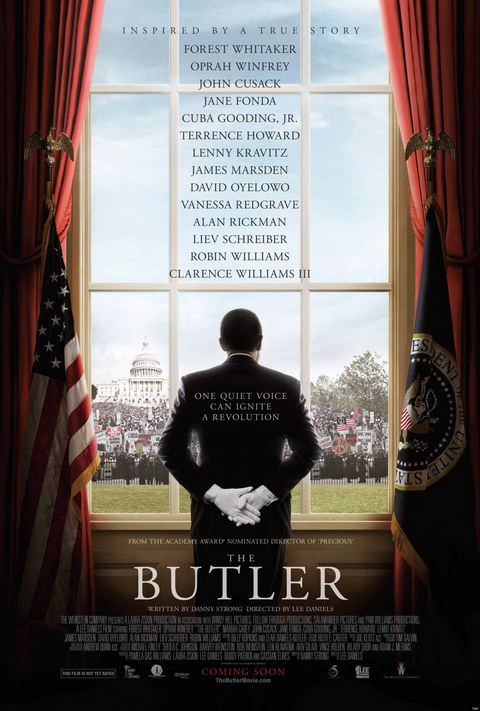
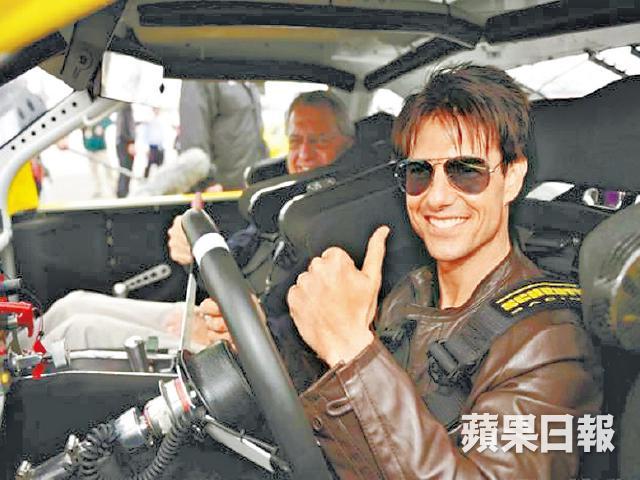


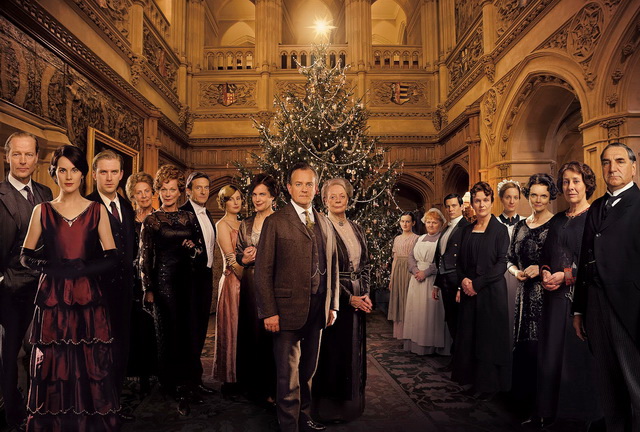
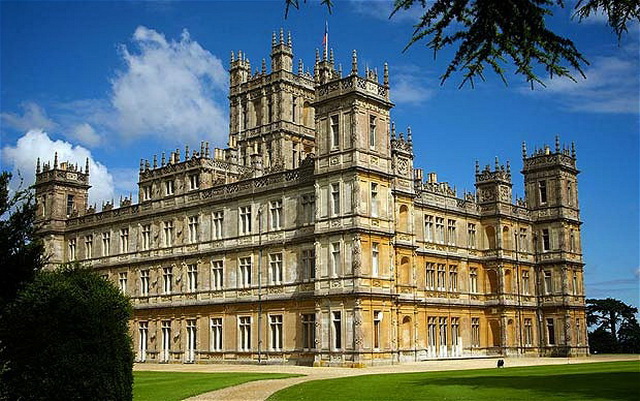
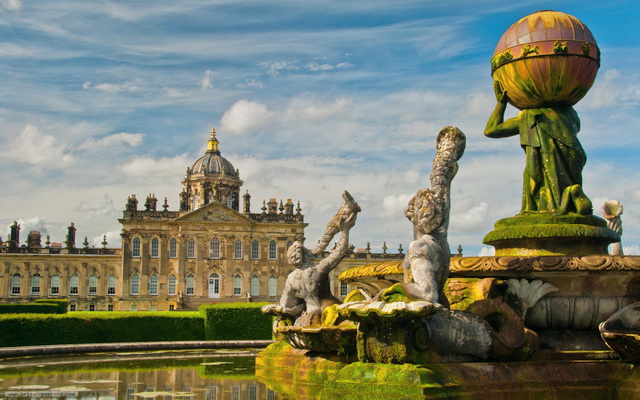


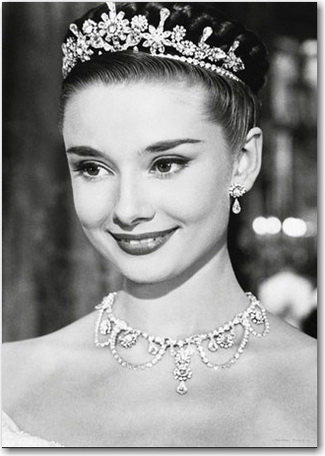
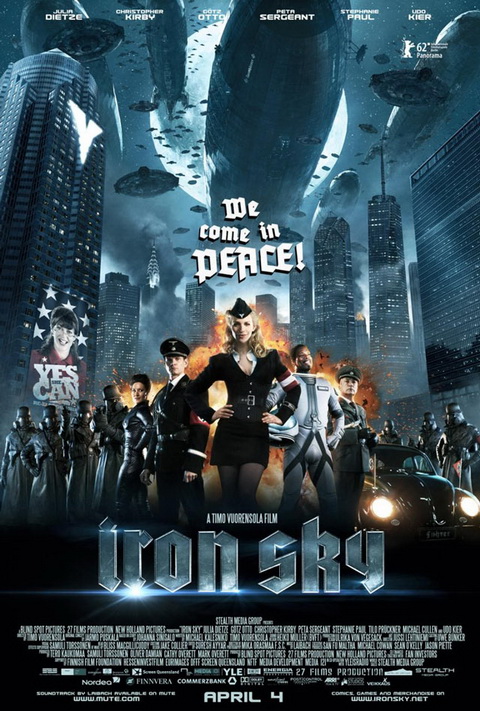
![threeidiots3[1] threeidiots3[1]](http://www.modelcar.hk/wp-content/uploads/2011/10/threeidiots31.jpg)
